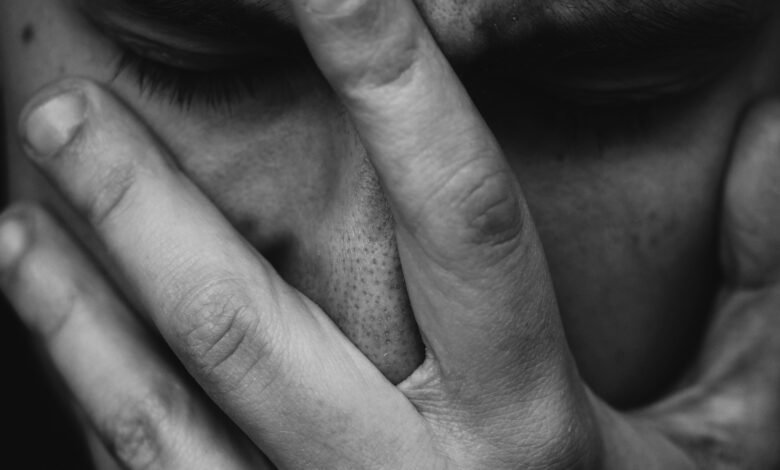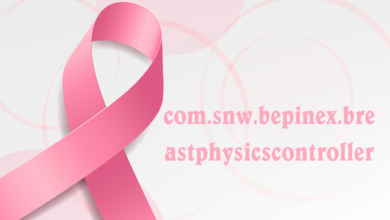4 Surprising Triggers of Stroke You Didn’t Know About

A stroke strikes like a bolt of lightning, altering lives in an instant. It occurs when a part of your brain doesn’t get enough oxygen, leading to a shortage of nutrients in your brain tissues.
The severity of a stroke’s impact can range from minor physical and cognitive challenges to devastating, life-altering consequences. Regardless of how severe its consequences might be, stroke has become increasingly common in the 21st century.
On World Stroke Day 2022, the World Health Organization (WHO) noted the cerebrovascular condition to be the leading cause of disability around the world. According to WHO, the risk of people developing stroke has doubled in the last 17 years, with 1 out of every 4 people exposed to it.
The primary culprits behind a stroke are high blood pressure, smoking, and heart disease. However, not all of stroke’s triggers are well-recognized. Today, we’ll explore 4 lesser-known triggers of stroke that you might not have heard about.
1.Migraine
Many people misunderstand migraines as mere severe headaches. In reality, they’re accompanied by neurological symptoms like throbbing head pain, nausea, and heightened sensitivity to light and sound.
Migraines occur when the brain’s electrical activity causes a series of changes in the nerve cells and blood vessels, leading to inflammation and pain.
The connection between migraines and stroke risk is both intriguing and concerning. A 2024 American Heart Association (AHA) study pointed towards migraine as a major contributor to stroke risk. Considering that the study focused on stroke risks among young adults, it is even more alarming.
It found that migraine was a leading non-traditional trigger of stroke in people aged between 18 and 34. The association between migraine and stroke risk decreased significantly in other age groups, making young adults its prime target.
While the study didn’t reveal any factors that played a role in this link, the predisposition of blood clots has a high potential. People with migraines may have an increased tendency for blood clots, which can obstruct the brain’s blood flow. This obstruction, in turn, leads to a stroke.
2.Port-a-cath-Related Injuries
Port-a-caths are small, implantable medical devices that provide easy access for administering medications directly to veins. They have two parts – a thin, flexible tube (catheter) to connect to a vein and a reservoir (port) for needle insertion.
While a useful technology in chemotherapy and other intravenous treatments, port-a-caths also carry some risks. One such risk, as highlighted by TorHoerman Law, is when they fracture, which could lead to several health complications. Stroke is one of these complications.
The proof of how common these instances are is the Bard Powerport lawsuit. This lawsuit was filed by patients who used Bard Powerport port-a-caths and suffered health problems when they fractured while inside their bodies.
The estimated Bard Power Port lawsuit settlement amount ranges between $10,000 and $100,000 per victim. When a manufacturer has to pay that kind of money, it indicates the gravity of the issue.
3.Low Blood Pressure
High blood pressure is a well-known culprit behind strokes, with its persistent force against artery walls leading to damage and potential blockages.
However, the idea that low blood pressure (hypotension) could also increase the risk of stroke is much less discussed and somewhat counterintuitive.
So, how does low blood pressure cause strokes? When the force of flowing blood against your artery is too weak, it interferes with the optimum blood supply to the organs. This also includes the brain, which is potentially what contributes to the risk of stroke.
A significantly low blood pressure leads to insufficient blood flow to the brain, causing cerebral hypoperfusion. This deprivation leads to brain cell damage and, ultimately, a stroke.
Orthostatic hypotension, which is common among older adults, is often linked to an increased risk of stroke. Its symptoms include dizziness, weakness, and lightheadedness.
4.Patent Foramen Ovale (PFO)
Think of a Patent Foramen Ovale (PFO) as a passage inside your heart, designed to enable a smooth blood supply in your fetal state. This flap-like opening connects the upper chambers of the heart. The purpose of this opening is to substitute for the lungs in a way, which are not yet fully developed.
Typically, the foramen ovale seals soon after birth as the newborn’s circulatory system adjusts to breathing air. However, in some cases, this passage doesn’t close – fully or partially – resulting in a PFO.
However, in some people, this opening remains partially or completely open, creating a PFO. John Hopkins Medicine notes that people who have a PFO are slightly more likely to have a stroke than people who do not.
A PFO is more likely to be the cause of stroke in a younger adult. This is because younger people don’t have other health conditions that generally increase the risk of stroke.
Frequently Asked Questions (FAQs)
How many kinds of strokes are there?
There are two primary types of strokes: Ischemic strokes occur when a blood clot blocks a vessel, disrupting blood flow to the brain. These are more commonly diagnosed among patients. The rarer ones, hemorrhagic strokes, in contrast, occur when a blood vessel in the brain ruptures, leading to bleeding.
Are young adults more vulnerable to stroke?
While young adults should ideally be at their health’s peak, the risk of stroke has seen an uptick in the population recently. A Centers for Disease Control and Prevention (CDC) report revealed that people under 64 saw a boost of 7.8% in stroke prevalence rate.
Is stroke interlinked with lupus?
Yes, it is. The prevalence of lupus contributes to the risk of stroke in people. WebMD notes that those who suffer from systemic lupus erythematosus (SLE) are eight times more likely to have a stroke than other people. Stroke also accounts for 30% of deaths in people with SLE.
The ultimate truth is that stroke can happen to anyone. Whether you’re old or young or suffer from a heart condition or not, you can still end up a victim of it.
The path to safety from stroke lies in educating yourself about its triggers so that you can avoid them consciously.



